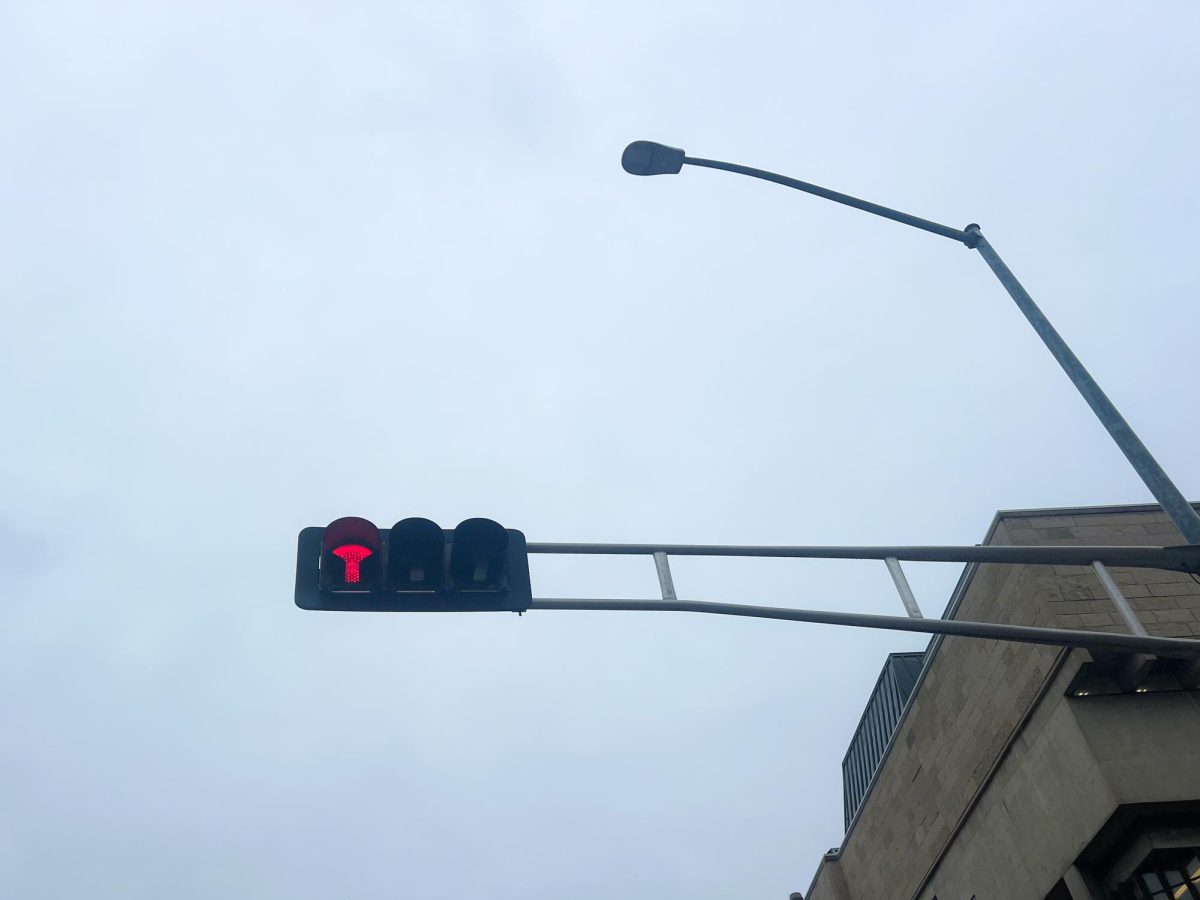A new study, conducted by the Wisconsin HOPE Lab, is shedding more light on the many ways students across the country are struggling financially to pay the high price tag on education.
The study, led by University of Wisconsin faculty member Sara Goldrick-Rab, is called “Safety, Security and College Attainment” and has been in the works since around 2008.
Goldrick-Rab said the study explores what students go through when they have an unmet need, meaning a tuition bill after scholarships and grants that is still substantial. In cases like these, she said students must make sacrifices.
“Most students are worrying about finals and others are wishing that they could,” Goldrick-Rab said.
Many students deal with the issue of struggling to afford a book or computer, but Goldrick-Rab said she was shocked at the numbers of students that cannot afford their next meal.
The study showed that nearly one in five students at both two-year and four-year colleges and universities either did not have enough money to buy food, or ate less than they should in the past month.
Goldrick-Rab said another saddening result of the study was that one quarter of two-year college students and 12 percent of four-year college students were unable to pay either their rent or utilities in the past year.
“The results were shocking to me. They broke my heart,” Goldrick-Rab said. “We knew that since we were surprised and we study poverty, that other people would be surprised too.”
The study examined low-income students from Wisconsin technical colleges, all the universities in the UW System and schools from New York, Florida and California, Goldrick-Rab said.
Once they saw the numbers, Goldrick-Rab said they knew they needed to do more to understand what that financial struggle looks like and feels like from the student’s point of view, and how schools are reacting to this issue.
“It’s happening on our campus as well, but it’s an invisible problem. Struggling students want to look like everyone else. It’s nearly impossible to walk around and be able to tell what students are homeless on Bascom Mall,” Goldrick-Rab said.
Goldrick-Rab said schools generally have one of three reactions: a sense of obligation to help students, tough love or mere sympathy.
People that have the second reaction generally think that these students must not be living frugally enough and suggest they can just go sleep in the library and live on Ramen, Goldrick-Rab said.
“Everyone needs to remember that these are real people trying to get college degrees. They are not lazy and not in any way stupid,” Goldrick-Rab said.
Assistant Professor Nicholas Hillman, an expert on student financial aid policy, said there are nationally consistent trends of low-income students being underrepresented at universities very similar to UW.
Hillman said these students are not being supported financially or socially on college campuses, which causes both limited upward mobility and a lot of debt.
With the desire to improve, Goldrick-Rab said they are speaking to the university about potential temporary housing that students could turn to in emergencies, such as domestic violence or if they find themselves unable to pay their bills.
Goldrick-Rab also said she would like to see more campus-based resources, such as the student food pantry available on the UW-Stevens Point campus.
The food pantry could be operated quietly to prevent any stigma and would help recycle the abundance of food left over at the end of the day.
However, the power to help lies with the university, Hillman said.
“Universities have both the obligation and the responsibility to ensure each student they admit can be successful,” Hillman said.












